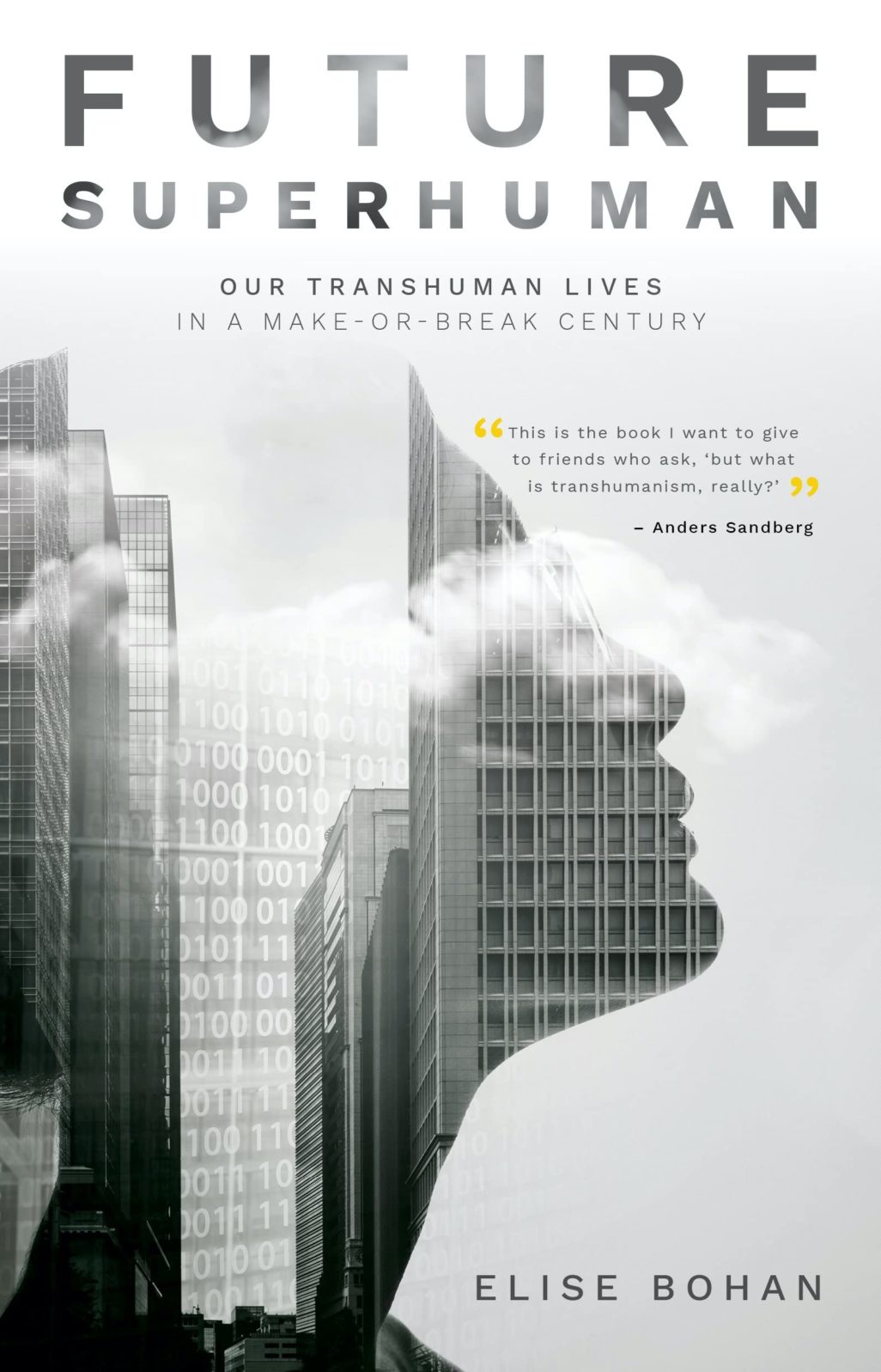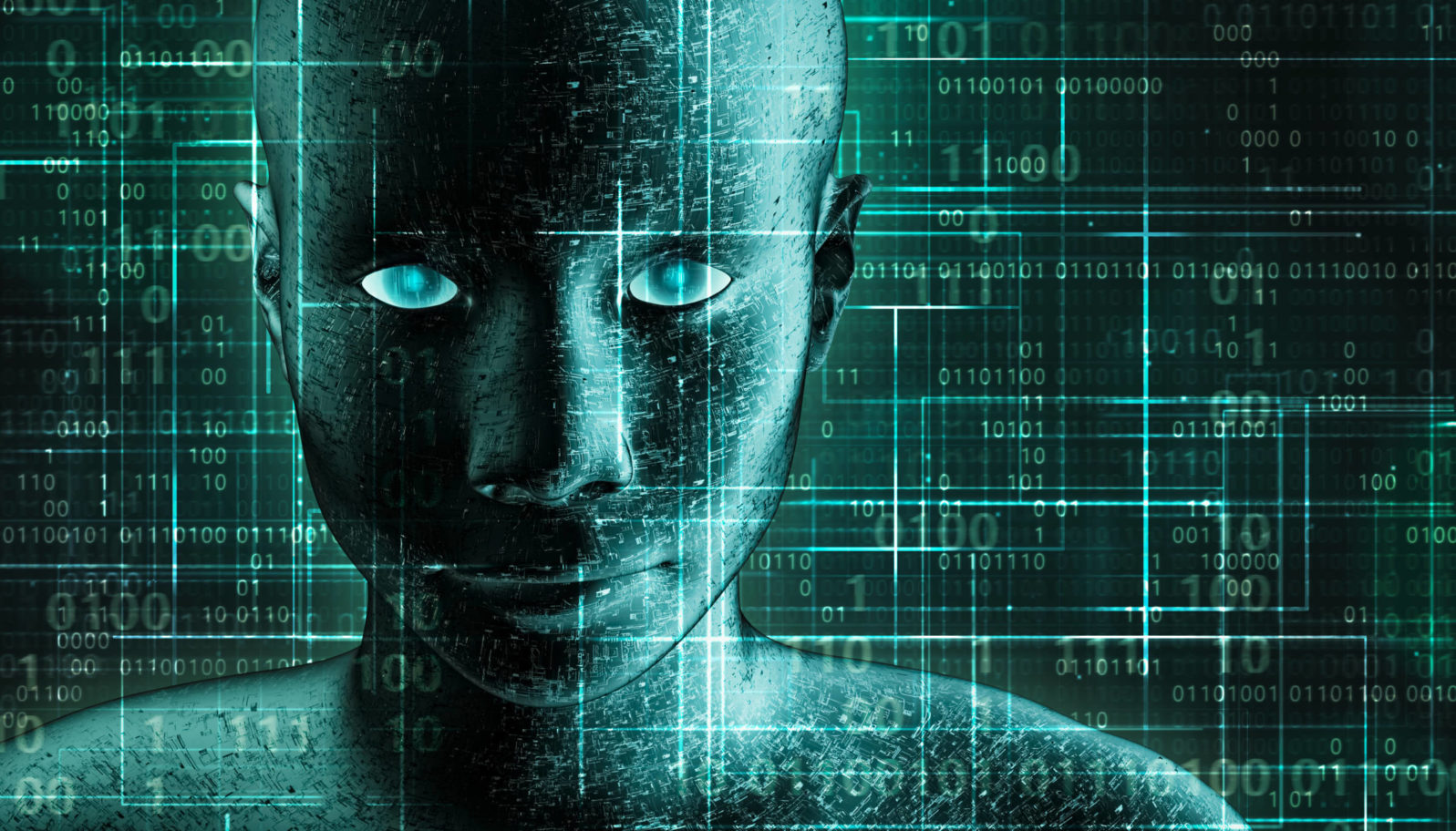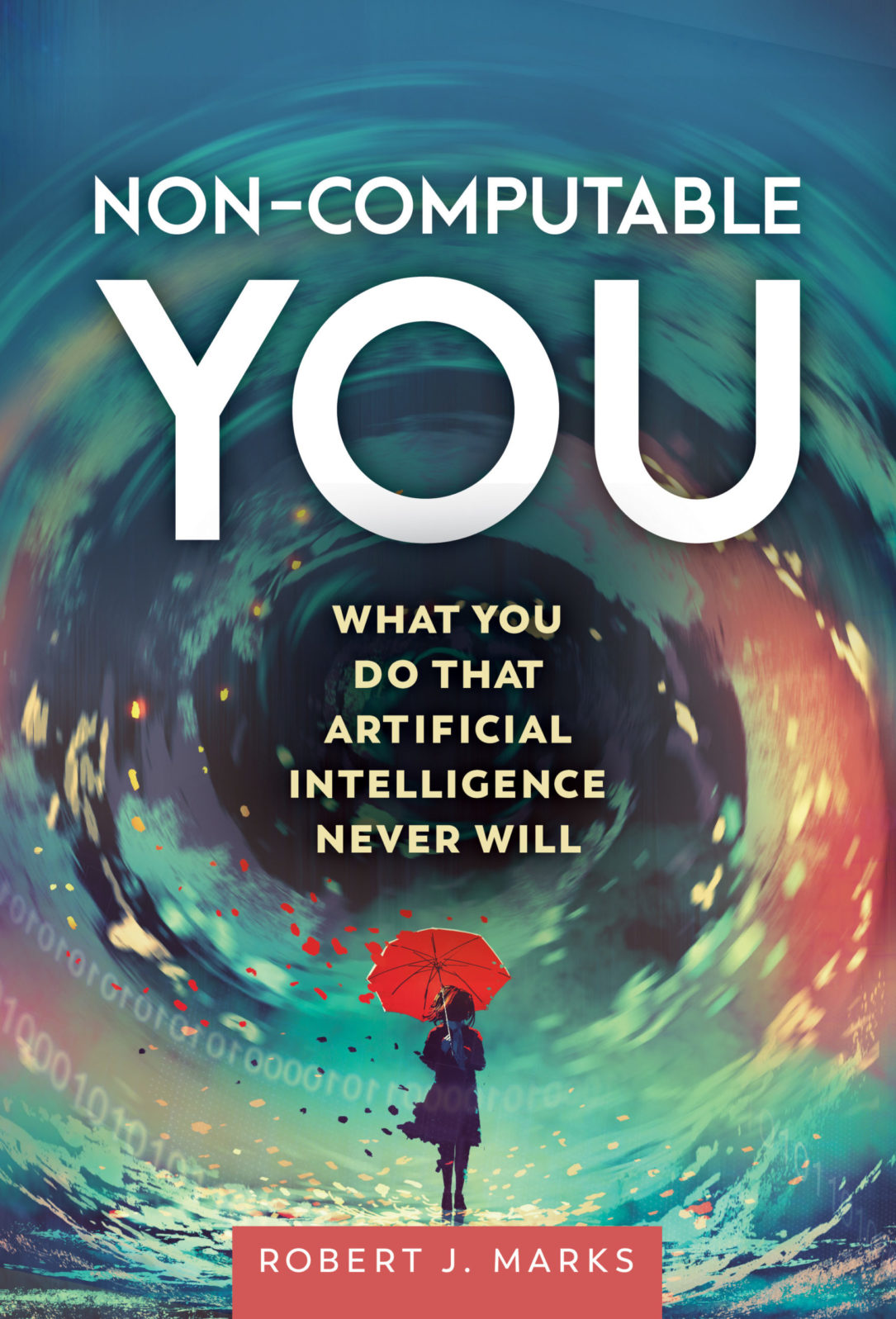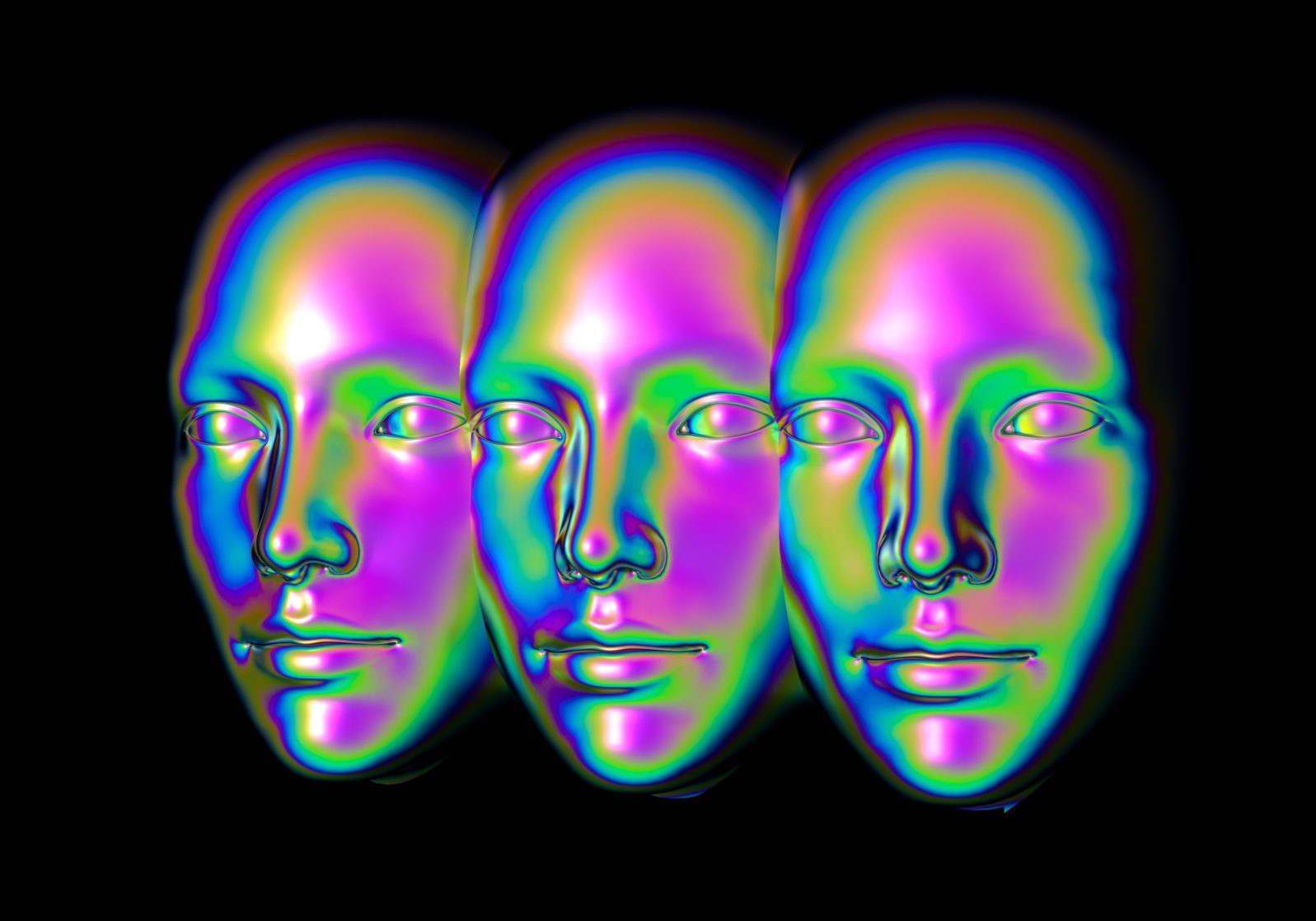Epitaph for Transhumanism: But It’s Far From Dead!, Advocate Says
George Dvorsky embraced it as a religion but he sees public interest waning amid growing criticism of Big Tech’s side effectsOxford University transhumanist Elise Bohan finds the benefits of transhumanism (leaving the human body behind for a genetically engineered and largely AI future) easy to list:

Ageing cured. Death conquered. Work ended. The human brain reverse-engineered by AI. Babies born outside of the womb. Virtual children, non-human partners. The future of humanity could be virtually unrecognisable by the end of the 21st century, according to Elise Bohan – and that’s if we get the transition right. If we get it wrong, well.
Celina Ribeiro, “Beyond our ‘ape-brained meat sacks’: can transhumanism save our species?” at The Guardian (June 4, 2022)
Bohan, author of Future Superhuman: Our Transhuman Lives in a Make-or-Break Century (2022), is anxious to get on with new AI and biotechnology:
Experiments are already underway in the realm of artificial wombs, and Bohan is sure – when viable – women will be “clamouring” to be freed from the shackles of pregnancy, childbirth and breastfeeding.
The book, she writes, is a “love letter to humanity”, but hers is a “tough love”. A love which sees a future for humanity, but not necessarily for human beings as we know it.
Celina Ribeiro, “Beyond our ‘ape-brained meat sacks’: can transhumanism save our species?” at The Guardian (June 4, 2022)
Indeed, Bohan told Ribiero in The Guardian, interview that a sympathetic biologist had told her: “We’re building God, you know,” she chuckles. “I looked back at him and I said: ‘Yeah, I know.’” But, she reassures Ribiero, they “didn’t mean it as religion.”
If transhumanism is all this, why is it failing?
For some, transhumanism has certainly been a stand-in for religion. Take Canadian bioethicist and transhumanist George Dvorsky, for example. He made the case in 2020 for uploading ourselves into supercomputers to escape “an increasing array of existential and catastrophic risks.” Of course, we’d die in the process but, as another transhumanist put it, we could attend our own funerals as digital presences. And now Dvorsky’s god appears to be failing:
Like so many others after 9/11, I felt spiritually and existentially lost. It’s hard to believe now, but I was a regular churchgoer at the time. Watching those planes smash into the World Trade Center woke me from my extended cerebral slumber and I haven’t set foot in a church since, aside from the occasional wedding or baptism.
George Dvorsky, “What Ever Happened to the Transhumanists?” at Gizmodo (August 1, 2022)
He goes on to say that his marriage “didn’t survive this mental reboot,” which saw him adopting “secular Buddhism, meditation, and a decade-long stint with vegetarianism” — also futurism and transhumanism. And now, as someone who has invested so much in the cause, he senses that Bohan’s tough love isn’t working. Public interest in transhumanism is waning.
It may have reached a high point around 2010: “Within a seemingly impossible short time, our ideas went from obscurity to tickling the zeitgeist.” And then?
What was once a piercing roar has retreated to barely discernible background noise. Or at least that’s how it currently appears to me. For reasons that are both obvious and not obvious, explicit discussions of “transhumanism” and “transhumanists” have fallen by the wayside.
George Dvorsky, “What Ever Happened to the Transhumanists?” at Gizmodo (August 1, 2022)
Failing? But transhumanists espoused the Politically Correct causes…
Waning popularity is all the odder when we consider that — say what you want about the transhumanists — they backed the popular progressive causes that mainstream media exalt and encourage. For example, Dvorsky notes, “As [PJ] Manney aptly pointed out, it seems ludicrous to advocate for human enhancement at a time when abortion rights in the U.S. have been rescinded.”

In one case, the transhumanists were in almost at the beginning:
Transhumanists have long advocated for a broadening of sexual and gender diversity, along with the associated rights to bodily autonomy and the means to invoke that autonomy. In 2011, Martine Rothblatt, the billionaire transhumanist and transgender rights advocate, took it a step further when she said, “we cannot be surprised that transhumanism arises from the groins of transgenderism,” and that “we must welcome this further transcendence of arbitrary biology.”
George Dvorsky, “What Ever Happened to the Transhumanists?” at Gizmodo (August 1, 2022)
That should have guaranteed them a rapidly growing, loyal following among progressives. Even James Lovelock (1919–2022), a Gaia Hypothesis pioneer, put his faith in transhumanism.
So what happened?
Dvorsky offers some suggestions as to why the transhumanist movement has stalled: One is that, what with wearables and virtual reality, we are living in a partly transhuman environment now. Possibly, but the public isn’t clamoring for any more of it. In fact, as he admits, the public is having second thoughts. A growing chorus suggests, for example, that social media be off limits to teens for the same reasons as alcohol and firearms are. There are also increasingly pointed questions around social media suicides. Mark Zuckerberg’s executives are deserting his virtual universe. And the AI Church has collapsed in a scandal. Even enthusiast PJ Manney thinks transhumanism “could use an upgrade.”
Are people beginning to suspect the limitations of AI?
Here’s a possibility Dvorsky doesn’t consider. This morning, Eric Holloway wrote about the fundamental deficit in artificial neural networks (ANNs), compared to human thinking: Neural networks get stymied by complex decisions due to the very processes that enable them to make any decisions at all. Bigger networks won’t fix that.

In any event, as tech philosopher George Gilder has pointed out, AI is good with maps but the map is not the territory. That’s where life and life experience matter. And, as Robert J. Marks points out in Non-Computable You, artificial intelligence fundamentally lacks creativity, because computers compute and creativity is not computable.
Seldom has a divinity failed faster, it seems, than the God we were building.
You may also wish to read: John Lennox: Transhumanism is not a new idea. In his just-published book, 2084, Oxford mathematician John Lennox points out that, in the 20th century, both the Communists and the Nazis had attempted transhumanist projects. The likely outcome of all transhumanist attempts to re-engineer humanity will be the extinction of humanity.
